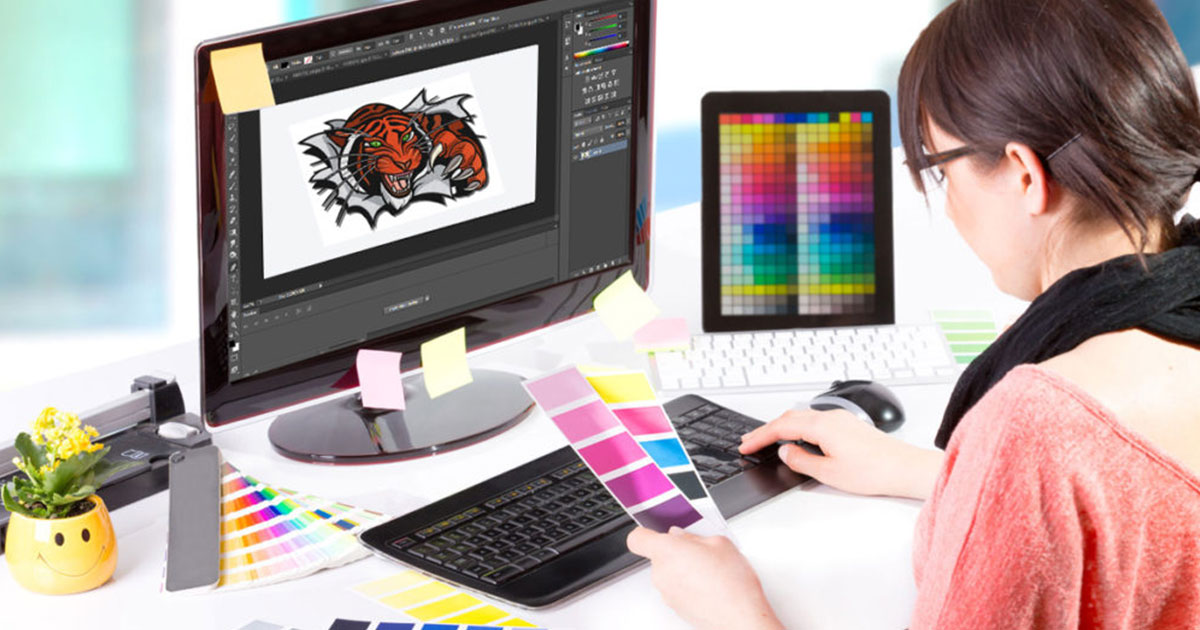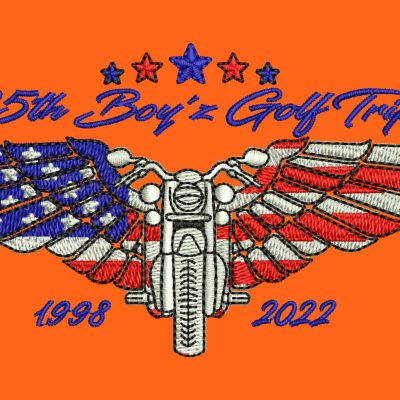Customized Digitizing for Embroidery: Customized to Your Demands
Customized Digitizing for Embroidery: Customized to Your Demands
Blog Article
Discover Various Sorts Of Needlework Digitizing Methods
Embroidery digitizing has progressed dramatically over the years, offering a myriad of strategies to bring styles to life in the digital realm. From the detailed creativity of typical hand needlework digitizing to the accuracy of the boxing method, and the benefit of auto-digitizing software application, the alternatives are vast. Additionally, the world expands to much more advanced methods like photorealistic embroidery digitizing and the fascinating world of 3D embroidery digitizing. Each technique brings a special set of possibilities and difficulties to the table, making the exploration of these approaches a compelling journey for those in the needlework world.
Typical Hand Embroidery Digitizing
Standard hand needlework digitizing involves the process of transforming elaborate hand-stitched designs right into electronic styles for maker embroidery. This method calls for experienced craftsmens to meticulously analyze the handmade layout and after that use specialized software to recreate it in a digital format. Each stitch, shade, and information should be carefully translated to guarantee that the essence of the initial hand needlework is protected in the digital version.
Among the key obstacles of typical hand needlework digitizing is recording the ins and outs and nuances of the handmade style. Digitizing for Embroidery. Artisans should possess a deep understanding of various embroidery strategies, such as satin stitch, chain stitch, and French knots, to precisely replicate these strategies in the digital realm. Furthermore, they require to have an eager eye for detail to make sure that the electronic design keeps the same level of creativity and craftsmanship as the original hand-stitched piece
Punching Method
To perfectly shift from traditional hand needlework digitizing to the boxing method, craftsmens should now concentrate on converting the elaborate digital layouts right into directions that embroidery devices can interpret. The punching method includes making use of specialized software application to create electronic documents which contain commands for the embroidery equipment to adhere to. This procedure needs a deep understanding of not simply the layout itself however additionally the capacities and constraints of the needlework device.

Auto-Digitizing Software Programs
Embroidery digitizing has been changed by the introduction of auto-digitizing software application, supplying craftsmens with advanced tools to convert electronic styles into embroidery maker instructions effectively. Auto-digitizing software program programs make use of algorithms to examine digital you can check here images or vector files and generate embroidery styles immediately. These programs enable quick and exact conversion of elaborate styles into stitch patterns, conserving time and initiative for embroiderers.
Among the crucial benefits of auto-digitizing software is its easy to use interface, making it available to both newbies and skilled digitizers. These programs typically consist of functions such as stitch editing tools, string shade matching, and the ability to sneak click site peek the final stitched design. In addition, auto-digitizing software can manage complex styles with several shades and complex information, producing premium embroidery documents appropriate for different garments and textile tasks.
While auto-digitizing software provides benefit and efficiency, it is necessary for customers to comprehend the constraints of automated digitizing. Fine-tuning and manual changes may still be called for to attain the wanted needlework high quality, specifically when managing detailed or distinct layouts. By leveraging the abilities of auto-digitizing software application along with manual digitizing strategies, craftsmens can enhance their needlework digitizing procedure and create stunning embroidered pieces.
Photorealistic Embroidery Digitizing
Making use of sophisticated digital imaging techniques, achieving photorealistic results in embroidery digitizing has come to be a desired skill amongst modern-day craftsmens. This technique involves converting high-resolution images right into elaborate stitch patterns that very closely resemble the initial style, resulting in needlework pieces that show realistic information and depth.
To attain photorealistic needlework digitizing, craftsmens should have a keen eye for information and a complete understanding of exactly how various stitch kinds and thickness can affect the final end result. By thoroughly mapping out each shade and shade in the photo, embroiderers can produce an electronic documents that guides the embroidery device to reproduce the subtleties of the initial photo properly.
Photorealistic needlework digitizing is particularly preferred in developing personalized layouts for clothing, home style, and art items where recording the significance of a photo or artwork is vital. This method allows artisans to transform memories, landscapes, pictures, and intricate artwork into magnificent embroidered work of arts that showcase a click for source mix of traditional craftsmanship and advanced technology.
3D Needlework Digitizing
With the innovation of electronic imaging methods in accomplishing photorealistic cause needlework digitizing, the expedition of 'D Needlework Digitizing' provides a new measurement to the complexities of design duplication. 'D Embroidery Digitizing' describes the three-dimensional digitizing method that adds depth and texture to needlework designs, creating a more practical and visually appealing end product. This strategy makes use of software that mimics the effect of light and darkness on the embroidery style, improving its overall visual impact.
One of the essential advantages of 'D Needlework Digitizing' is its capacity to make designs look more realistic and dynamic. By including deepness to the needlework design, the last item appears extra realistic and exciting (Digitizing for Embroidery). Furthermore, this method enables more creative freedom in style execution, enabling embroiderers to try out different structures and results that were previously testing to attain
Final Thought

Report this page